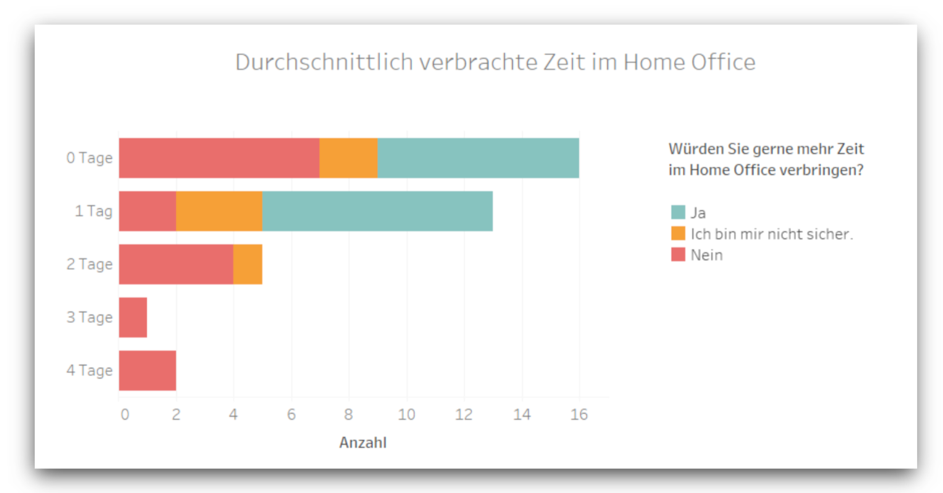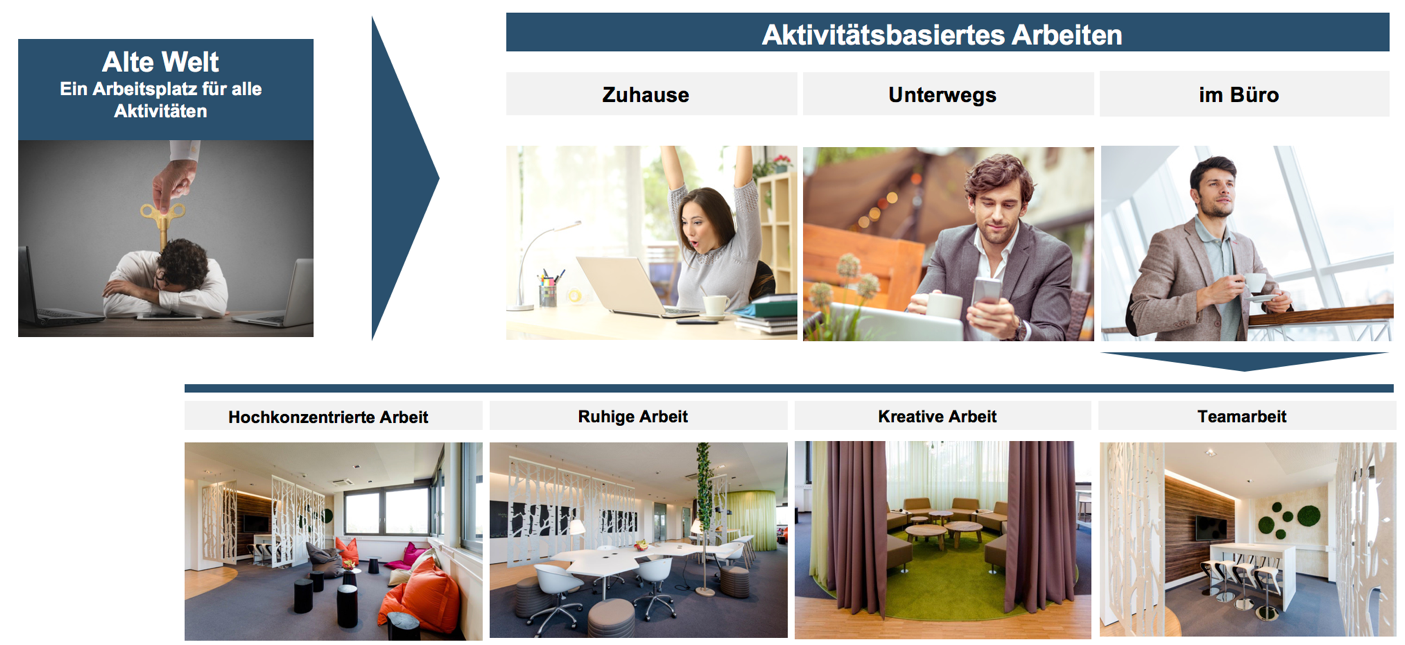Due to Corona, numerous companies have decided to send their employees 100% to the home office. The current situation should definitely continue until shortly after Easter 2020. But what happens after this time and how will the presence in the office develop over the next few years? I want to discuss my opinion on this in this article.
Corona will continue for some time
Since we will have to live with Corona for a few more years or further virus pandemics cannot be ruled out, we should continue to prepare for home office. Due to the current situation in particular, numerous companies have massively upgraded their remote technologies. Examples are chat systems, task management, file sharing and many more.
Reading tip: Virtual team tools
Balancing act between office and office
The following was already suggested in my roundtable:
One to two days of home office per week does not reduce productivity and in some cases even increase it.
So I believe that after Corona, office hours will be reduced for security and that we will let 50% of our employees into the office every day. So I think that, especially in IT, we will be in the home office for 2-3 days per week and in the office for 2-3 days around September.
I have been working regularly in the home office for 3 years and have already completely adapted my way of working to the work between home office and the office of my company. But working from home is something new for many companies. If you look at one Study of a master’s student from me, then you notice that many people are not even allowed to work from home. With almost 40 surveyed employees from knowledge work, it was almost 1/3 not possible to do a home office.

Tips for the home office
It is important that you realize that virtual work cannot be the same as in the office. The collaboration does not take place via radio but via software tools.
Reading tip: Virtual team tools
It is important that you have a sensible communication infrastructure. That is for me:
- Task management tool like Kanboard or Jira
- Chat system like RocketChat
- Mail server like Open Xchange
- Notation system like Joplin or OneNote
- File sharing like ownCloud
- Edit shared documents like OnlyOffice or OpenOffice
- Meeting options such as Kopano or Zoom

Reading tip: Open source stack for remote work
These technologies are your first port of call. For example, set up a task in Jira and then discuss it with colleagues in Rocketchat. Create a document in the ownCloud and edit it via screen sharing with colleagues in a video conference.
Reading tip: Control work in the home office
Tips for new office
Now that many employees are in the home office every day, things will also change in the office. For example, fewer tables and fixed workstations are necessary. It is therefore time to think about a new office design.
Under the topic: Activity based working, an “ultimate workplace” is defined, which is suitable for any type of work and in which there is a culture of trust and permanent networking. The illustration shows the idea behind activity based working. Quiet work, which is carried out in a fixed workplace, can be carried out in the home office without any problems. Meetings and creative work, on the other hand, in the office.

The office is changing into a place of communication and networking instead of routine work. For this purpose, situation-oriented rooms are required that promote creative exchange or project work as well as offer opportunities for retreat.
Conclusion
Nobody can currently say how things will go on after the current measures regarding Corona, but we should use it and promote virtual work and adapt current personal appointments to a new type of work, like in the office. The home office will certainly gain in importance and we can thus reduce the work-life balance as well as contacts between people.
Reading tip for managers: Control work from the home office
[werbung] [fotolia]


